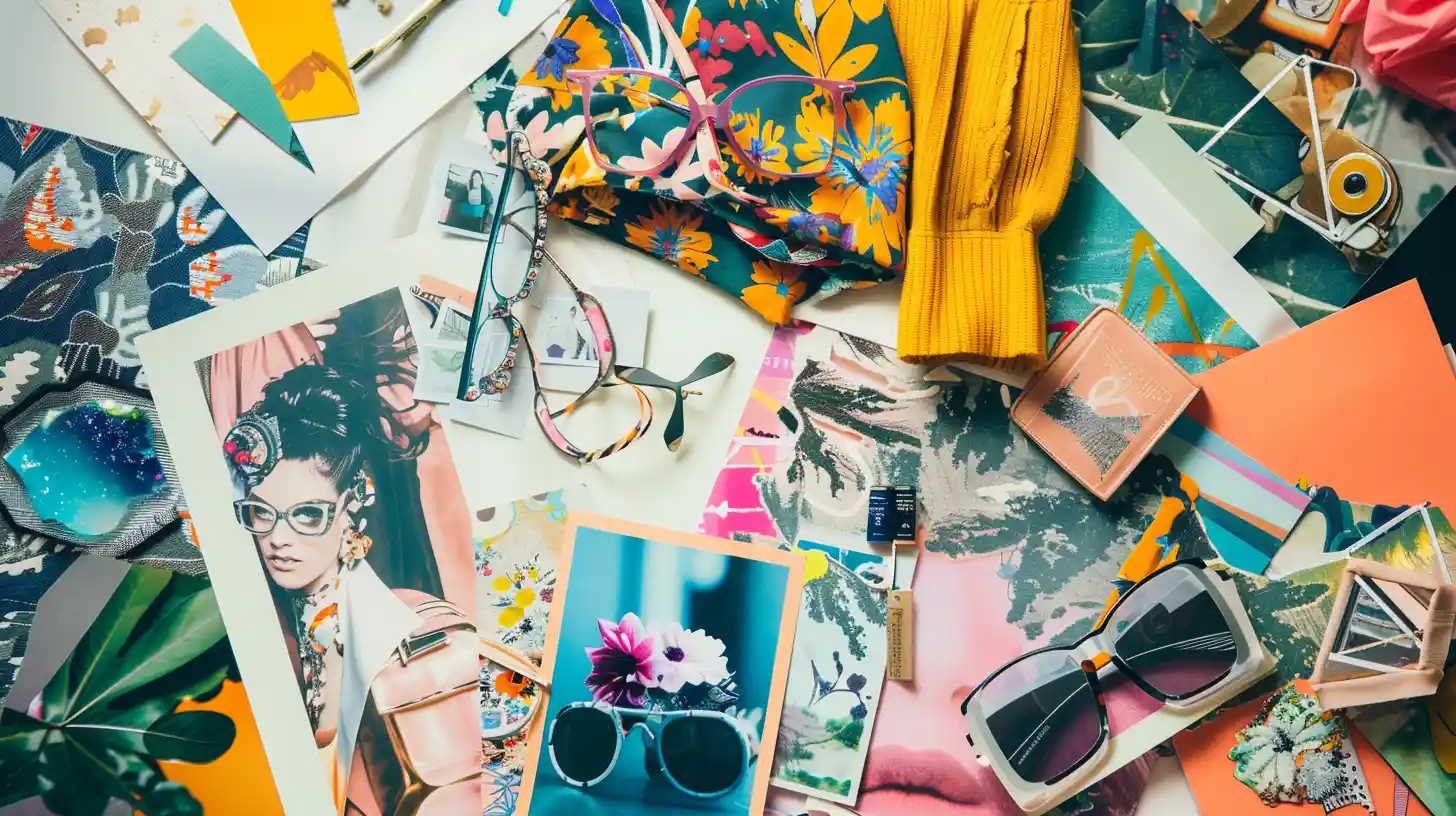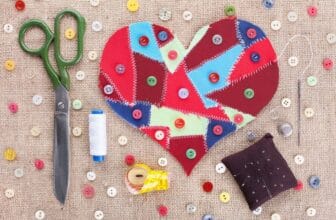How to Mix Fabrics and Textures Like a Fashion Pro

Introduction
Fashion is storytelling through texture, color, and movement.
What separates an average outfit from a runway-ready look often comes down to how well you mix fabrics and textures.
Mastering this skill transforms your designs from basic to breathtaking. Whether you’re a designer, stylist, or someone who simply loves putting looks together, this guide will show you how to combine different fabrics confidently — just like the pros do.
1. Understand the Mood of Each Fabric
Every fabric communicates something different.
• Silk whispers elegance and softness.
• Denim speaks casual and rugged.
• Leather commands boldness.
• Lace adds romance.
Before mixing, ask yourself: What story am I telling with this outfit or project?
Pair fabrics whose moods complement each other — for example, silk with velvet for luxury, or cotton with linen for a natural, breezy vibe.
2. Balance Heavy and Light Textures
Great style is all about balance.
If one fabric is thick or textured (like tweed or wool), pair it with something smooth or fluid (like chiffon or satin).
The contrast creates visual harmony and keeps the outfit from feeling bulky.
![]() Pro Tip: Never combine two stiff fabrics — it limits movement and can look awkward. A structured jacket looks better over a flowing blouse than over another heavy textile.
Pro Tip: Never combine two stiff fabrics — it limits movement and can look awkward. A structured jacket looks better over a flowing blouse than over another heavy textile.
3. Stick to a Cohesive Color Palette
Mixing fabrics works best when your colors are in sync.
Choose a unified palette — whether monochrome, tonal, or contrasting — and let texture do the talking.
Example: Pair a white cotton shirt with ivory lace or cream silk.
The colors blend softly while the textures add depth.
If you love bold colors, keep one fabric neutral and let the other stand out (think: black leather + red satin).
4. Use Texture to Highlight Body or Design Lines
Textures can guide the eye to your favorite features or details.
For example:
• Use shiny satin panels on areas you want to highlight.
• Keep matte cotton on areas you want to minimize.
• Mix matte and glossy fabrics to create natural light play.
In sewing or fashion design, this trick helps define structure and silhouette without needing extra embellishment.
5. Play with Layers and Proportions
Layering is where texture-mixing truly shines.
Combine fabrics of different densities — such as pairing a sheer organza top over a cotton camisole, or wearing a wool coat over a silk dress.
The layers create depth and dimension, especially under natural or studio lighting.
Designers often use this method to add luxury without adding weight.
6. Don’t Forget Comfort and Movement
While texture is exciting, comfort is essential.
When mixing fabrics, ensure they work well together physically — for example, stretchy jersey won’t align with rigid denim unless it’s properly tailored.
Always consider how fabrics move, breathe, and respond to body heat. The goal is to create beauty that also feels good to wear.
7. Finish with Accessories that Match the Mood
Texture isn’t only in clothing. Accessories — like leather belts, silk scarves, or woven bags — help tie your fabric combinations together.
If your outfit is already full of texture, keep accessories simple. But if your fabrics are smooth, use accessories to add contrast or focus.
Closing Thoughts
Mixing fabrics and textures is an art of contrast, emotion, and intuition. Once you understand how each material behaves, you’ll be able to design looks that feel luxurious, balanced, and visually stunning.
At WeFabrics, we encourage creators to experiment fearlessly — because the most iconic styles in history came from designers who dared to mix the unexpected.



